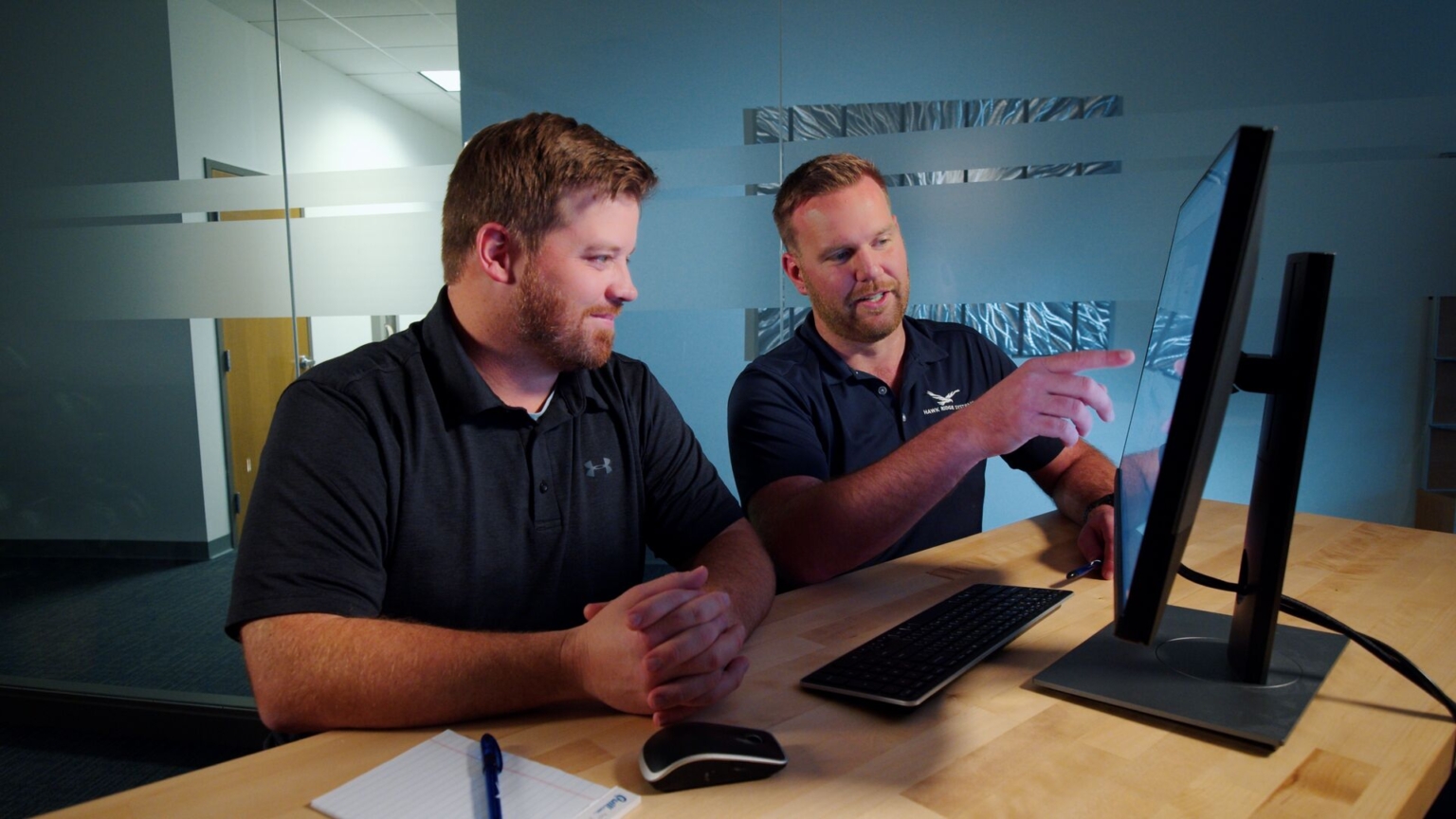When I began using
SolidWorks
every day at work, I started picking up all of these extremely useful hidden
commands. Then I started to wonder: What other, less obvious SolidWorks
hidden commands were out there, and could I be using them to save time and
accomplish my different tasks?
Listed below are some of the most useful SolidWorks hidden commands that
I’ve come across.
1. Feature Manager Design Tree Commands
[Ctrl+T] flattens out those features: When creating a new
feature, the sketch gets absorbed into the feature. To pull that back out, you
can use this command to toggle to an expanded tree view.
[Shift+C] collapses the tree: Often I have been lost in my
FeatureManager Design Tree, having to click through and minimize each feature.
This useful command collapses everything all at once.
2. The [A] key when using the line sketch entity: When
sketching with the line tool, you can simply hit the [A] key on your keyboard
and it will switch entities from line to arc for you. You can also swipe your
cursor over the end sketch point of the line you just created. To switch back
to the line tool, just hit the [A] key again. Note: This only works
if you use the click-click method of creating a line, where you click at each
line endpoint.

3. Virtual Sharp: To create an intersection point, or a
“virtual sharp”, hold down [Ctrl] and select two non-parallel lines, then
click on the Point entity in the Sketch tab in the CommandManager. A
constrained sketch point will be created at the point where the two lines
would meet. Note: The symbol for the point can be controlled in
Tools->Options->Document Properties->Virtual Sharps.
4. Adjusting Dimensions:
[Ctrl + Mouse Wheel]: After double clicking on a dimension to
activate modify, you can hold [Ctrl] and rotate the mouse wheel to adjust by
10x the defined increment (default: +/- 1.0in or 100mm).
[Alt + Mouse Wheel]: After double clicking on a dimension to activate
modify, you can hold [Alt] and rotate the mouse wheel to adjust by 0.1x the
defined increment (default: +/- 0.01in or 1mm).
To define increments: Go to Tools->Options->System
Options->Spin Box Increments
5. Create Offset Plane with the [Ctrl] key: You can use an
existing plane to create an offset from it. Just show the plane in the
graphics area, hold [Ctrl] down and left mouse select the shown plane, and
drag in the direction you want the plane to go. Then release the [Ctrl] key
and the left mouse button to define the exact distance to offset.
Note: To help you remember this one, just think of it as making a
“copy” of the existing plane, since any time you [Ctrl-drag] something in the
Windows environment you make a copy of it.
6. Dimension Palette: When the Dim Palette vanishes if you
move your curser too fast, no worries, just hit [Ctrl] on
your keyboard to get it back!
7. Bringing back the Context Toolbar during a Multiple Select: You can
also bring back these other toolbars that like to vanish by hitting the [Ctrl]
key. The Context Toolbar is the pop-up that appears at your cursor once items
are selected. Note: To get it back, your cursor does need to be
approximately in the same location as where the Context Toolbar appeared on
your screen.
8. Use the right mouse button (RMB) to remove more faces when using Select
Other: If the face you want to select is 3 or more faces into the part, you
can use select other and just RMB on additional faces until you reach the face
that you wish to select.
9. Hold [Shift] to select transparent faces: By default
SolidWorks lets you select through the transparent face, not
on the transparent face. If you want to select the transparent
face, you can just hold [Shift] (instead of having to change the
transparency). You can also choose to never select through transparent faces
if desired (Tools->Options->System
Options->Display/Selection->Enable selection through transparency:
should be unchecked).
10. Normal to and rotate: Select the face you want to be
normal to, [Ctrl+click] the other face you wish to be facing ‘up’ in the view,
then select Normal To. This is one of the most buried commands that most
people are unaware of!
Hope these few commands are useful to you! Have you found any SolidWorks
hidden commands that aren’t on this list? Feel free to post them in the
comments below.







